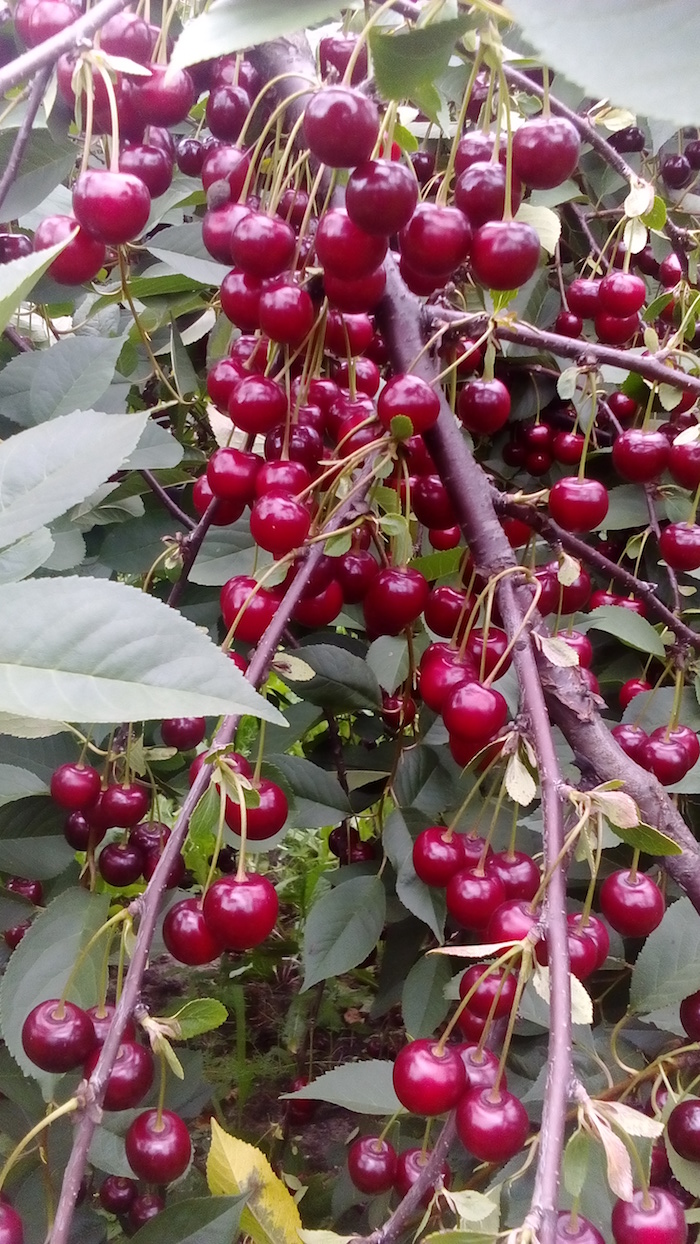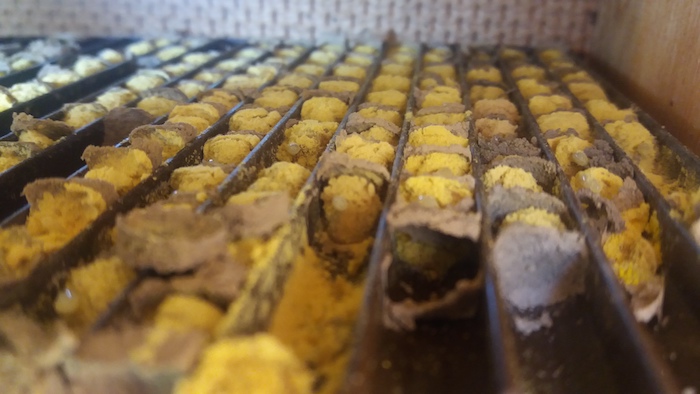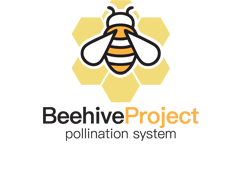- You only buy once a hives in the basic or mini version and the cocoons of Red mason bee.
- You put up on the plant 2-3 weeks before flowering.
- After leaving the cocoons by the bees, you take the hatching box from the hive from the orchard.
- In the autumn you take the beehives from the plantation to an unheated room.
- In the autumn or winter, you remove the cocoons of bees from the culture patch with segregation comb.
- You wash, dry and put the culture patch together and keep the bees' cocoons for the next spring.
- You are again presenting cocoons along with beehives for 2-3 weeks before flowering.
Details: After purchasing the Red mason bee cocoons, you store them in 2-4 degrees Celsius in refrigeration conditions. 2-3 weeks before flowering, you display beehives for plantations. It is best to hang them, for example, with the use of clamps or wires to the post. The departure should be directed to the south, south-east or south-west.

 The better the weather during flowering, the less need bees cocoons.Males get out first and after a few days females. During flowering you should be careful to perform chemical sprayings, the best is evening or at night.After about 3-4 weeks from the bees' release, you take the hatching box with the remains of the cocoons from the plantation and burn them. This is a preventive measure - bee parasites may be present in individual cocoons.The beehive does not move from the plantation to the next plantation. After setting on the plantation, the hives are left until September.In the autumn, we take the beehives from the plantation to an unheated, airy room. In autumn or winter, with the help of a segregation comb remove the cocoons of the next generation from the culture patch. It's good to segregate the cocoons and separate the healthy from the sick (you can ask your salesperson about the possibility of doing this for you).the culture patch is good to wash and dry before folding. It is important that individual tiles are good for each other.
The better the weather during flowering, the less need bees cocoons.Males get out first and after a few days females. During flowering you should be careful to perform chemical sprayings, the best is evening or at night.After about 3-4 weeks from the bees' release, you take the hatching box with the remains of the cocoons from the plantation and burn them. This is a preventive measure - bee parasites may be present in individual cocoons.The beehive does not move from the plantation to the next plantation. After setting on the plantation, the hives are left until September.In the autumn, we take the beehives from the plantation to an unheated, airy room. In autumn or winter, with the help of a segregation comb remove the cocoons of the next generation from the culture patch. It's good to segregate the cocoons and separate the healthy from the sick (you can ask your salesperson about the possibility of doing this for you).the culture patch is good to wash and dry before folding. It is important that individual tiles are good for each other.
Masonry cocoons after removal from the culture patch should be stored under refrigeration conditions without a mouse. Rodents can eat all bees throughout the winter.You repeat all these activities every year, enjoying you with proper pollination, good fruit quality and large crops.
Advantages:
- You only buy once,
- Ease of use,
- Breeding patch for solitary bee - an innovative solution,
- Components of a breeding patch in various colors - facilitating the finding of holes by bees - increasing the efficiency of pollinating insects,
- Aesthetic appearance,
- Long-term use - very durable and resistant to climatic conditions,
- High efficiency of bee pollination by bee-keeping,
- Total lack of aggressiveness of the Red mason bee.











